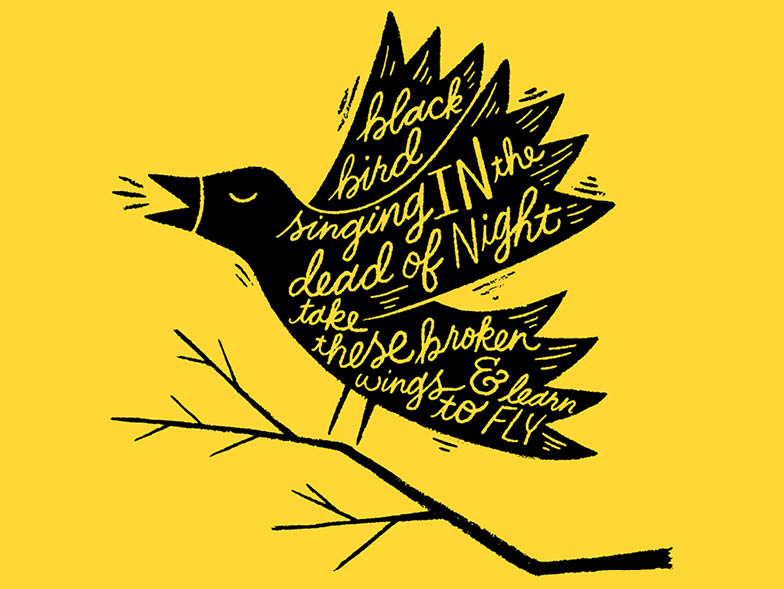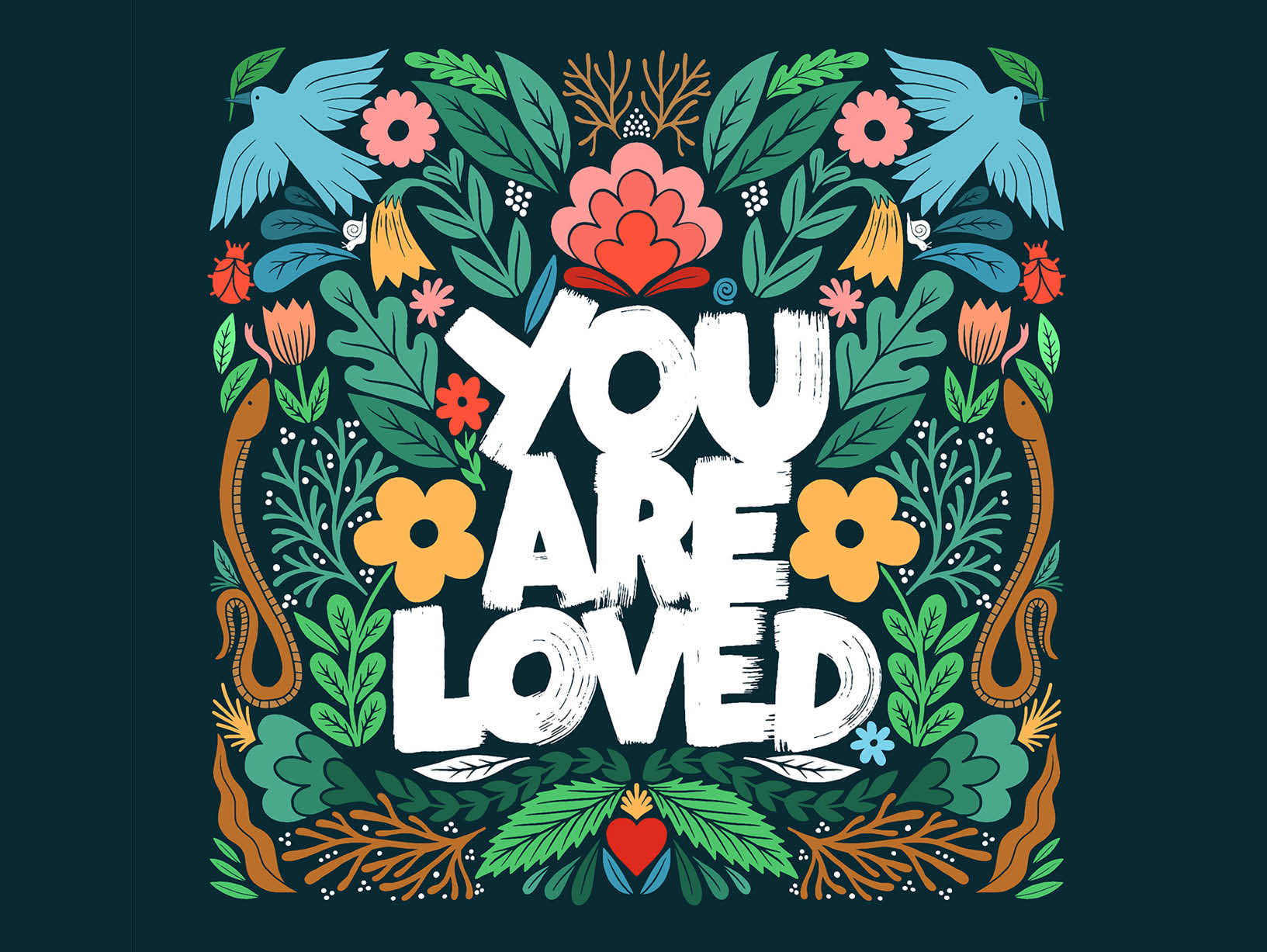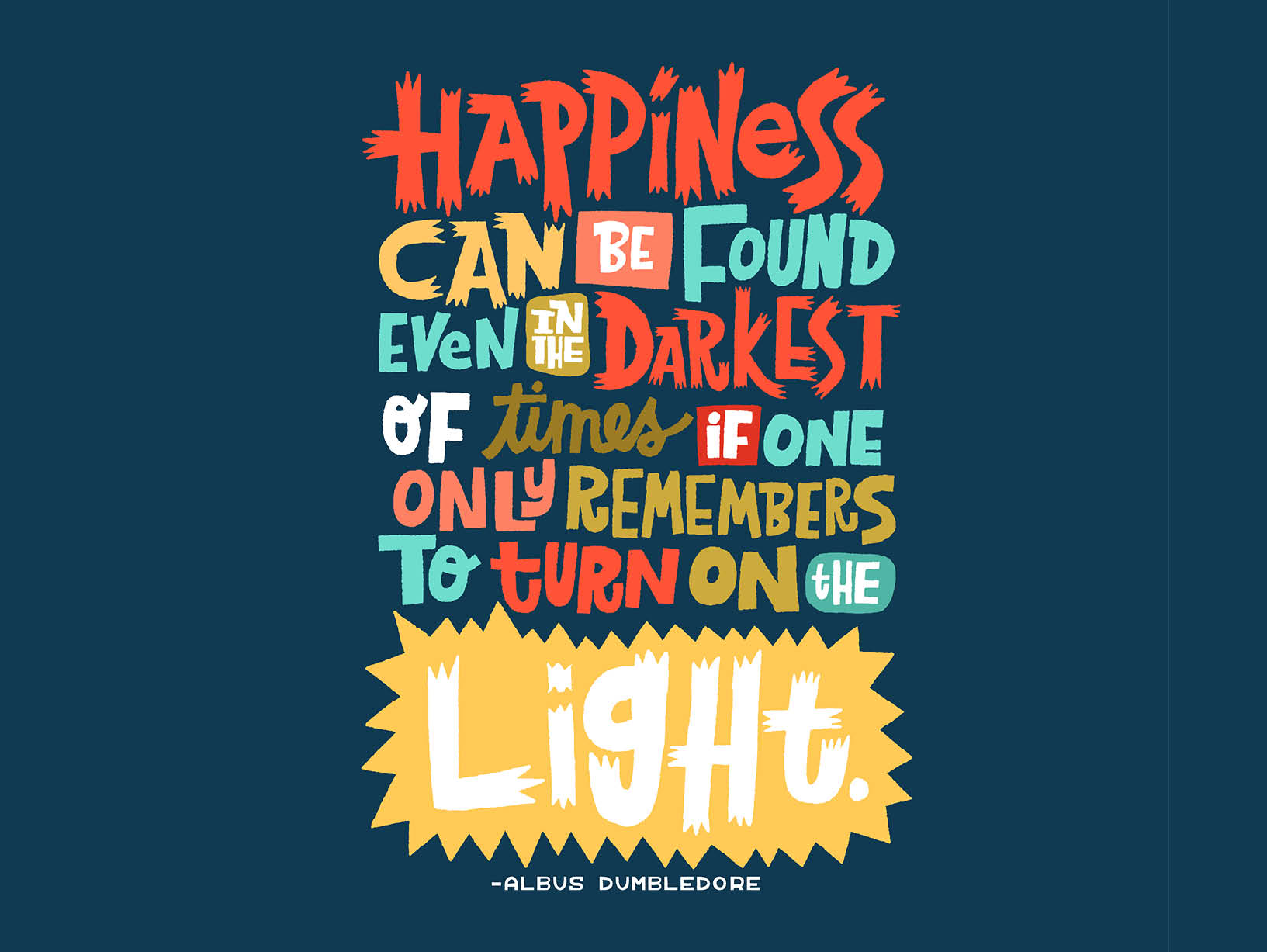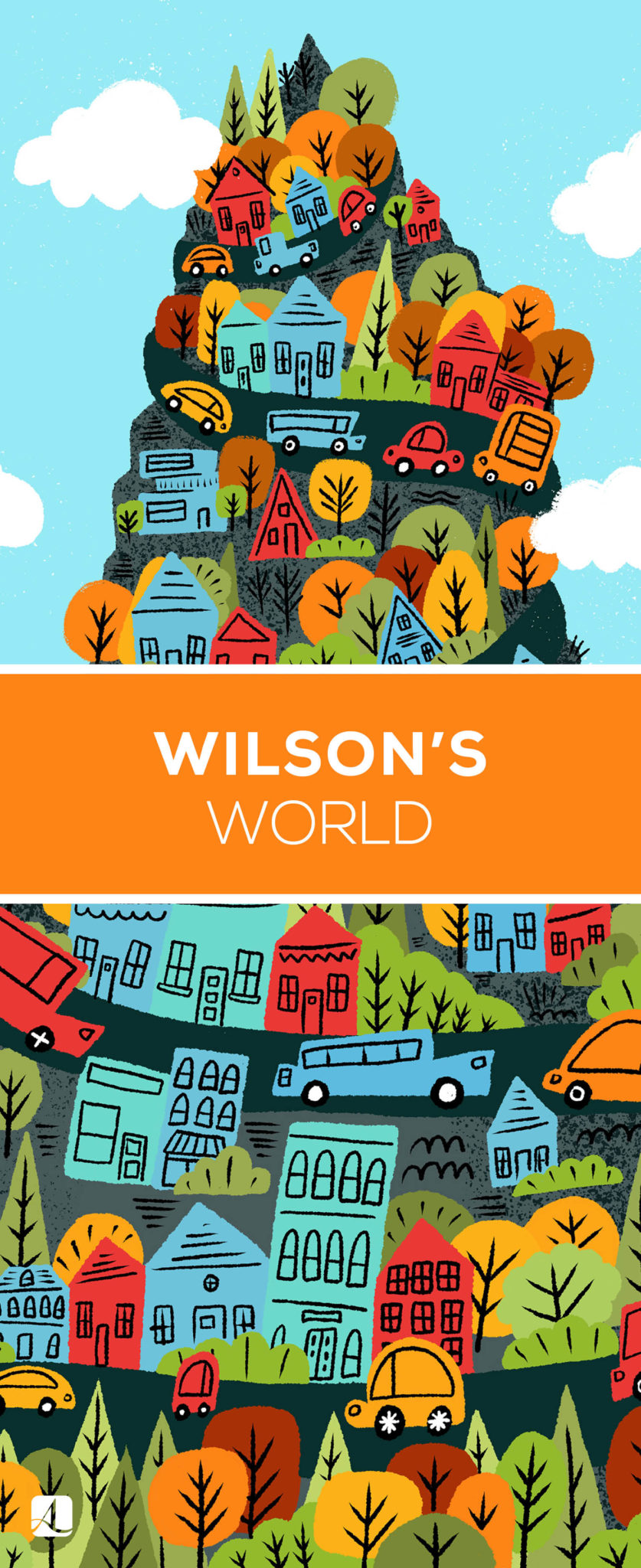Wilson’s World
Photography by Bryan Lemon
Kentucky-based illustrator and graphic designer Matthew Taylor Wilson has made a career out of his love for all things quirky. Specializing in hand-drawn designs, Wilson and his approach to his craft will inspire you to let your inner child roam free.

Were you interested in illustrating as a child? What led you to study fine art and graphic design in school?
Well, I didn’t know I was interested in illustration per se, but like a lot of kids, I drew all the time and was constantly creating my own little world of stories and characters. My uncle was a graphic designer, illustrator, and master printmaker, so I was familiar with adults who made art professionally. I was fortunate enough to grow up seeing creativity in action.
I ran away from art and design for a bit during my time at Western Kentucky University, feeling like I should do something “grown up,” but it caught up with me. Everything else I pursued was so difficult and just didn’t seem to come naturally. I was playing in bands and associating with counterculture types who were always making posters and designing things. I realized that was where I needed to be. So I ended up changing my major to art with an emphasis on graphic design.
What was your journey like after college?
I got a paid internship while still in school, and after graduation it turned into a full-time gig. It was corporate, but the people I worked with were great, and I learned a lot. After that, I had various design and art director jobs at small agencies. I ended up taking a senior designer position at a local paper-crafting company called Studio Calico. That job changed my direction in design. I was given so much freedom, and I had a blast.
On the side, I started doing lettering and hand drawing all of my own icons and design elements. I soon discovered Society6 and began selling printed linocuts. Those two things combined ultimately allowed me the freedom to find myself. During that time, the Bright Agency, an illustration agency that focuses on the children’s literature industry, found me on Twitter and asked me if I’d like to work with them. The rest is history.

Your work—everything from creating logos to illustrating book covers—spans decades. Is there a favorite project you’ve worked on?
I don’t have a favorite project, but I do have a favorite kind of project. I love books! In an age where we’re becoming more and more digital, I just love physical books. I always jump at the chance to design book covers or work on illustrations for a story.
How would you describe your style?
My style is a bit muddled. I’m pretty versatile, so I get to work on lots of different kinds of projects. However, it’s all quite different. For me, it’s more about the process. My work is all hand drawn, and that gives it a kind of cohesion. I like simple geometric shapes and messy linework. It’s quirky and tactile. I like leaving evidence that something was done by hand.
Take us through that process. Do you have an “aha” moment when working?
The process is pretty rough. It’s a lot of panicking, drawing, redrawing, revising, stress eating, revising again, and finally arriving at something moderately acceptable by the deadline. There are very few truly inspired moments for me—it’s just drawing and working through things while I’m doing it.
Do brands give you artistic freedom, or is the collaboration process more specific?
It’s typically a bit of a collaboration, but it depends greatly on the project. For editorial illustrations, art directors often give a sketch or send a layout with a scribbled “This goes here.” Other projects, like book covers, lend themselves to a more stylistic interpretation of the concept.
Describe a typical workday for you:
I’m a full-time hermit. Even before we were all quarantined, I spent most of my days at home. My typical day starts around six o’clock. I make breakfast and lunches for my kids and take them to school. The rest of the day is spent answering emails, drinking coffee, hanging out with my three dogs, and working on whatever projects I’ve managed to wrangle. Even in a post-COVID-19 world, I’ll never leave home.

How do your kids influence your work?
My kids are a big influence on me. I don’t ever have to seek out input because they’re always present for the process. Since I work from home, they get to witness the chaos that is being an illustrator. Being in a creative career has kept me young, and I know a lot of illustrators can say the same thing. We are allowed to be adults who love The Muppets, toys, video games, goofy cartoons, and children’s books. My kids and I often sit together at the kitchen table collaborating on silly drawings. We also play video games together for hours and geek out at used bookshops.
Do you have other artistic interests?
I make music (I play the drums and other various instruments) and play video games when I can. I’ve been in lots of bands over the years and love to hang out and just make noise.
Do you ever experience artist’s block? What helps you feel inspired during these moments?
Everyone experiences creative block or burnout. It helps to take a walk and get away. After that, you have to just work through it. Art is hard, and when you’re a creative professional, you don’t have the luxury of waiting for inspiration.
Is there another medium you’d like to tap into?
I really want to design a toy—well, specifically, a toy based on an original character. I have some ideas I’ve been kicking around. I’d love to be able to have the character span across books and animation.

Is there a mantra you live by?
“Do what you can with what you have.” I’m a peace and love kind of guy. I want to do what I can to be a positive light on this Earth while I’m here.
Are there creatives that have been particularly influential to you throughout your career?
There are so many designers and illustrators that I admire. I love midcentury design and illustration. Artists from that era did everything by hand, and I’m more drawn to work that has nondigital elements. I’m a huge fan of Evan Hecox, Geoff McFetridge, and Keith Haring. Some other influences are David Stone Martin and Alexander Girard.
What legacy do you want to leave?
I want to encourage people while I’m here and leave some encouraging work behind when I’m gone.
For more info, visit matthewtaylorwilson.com























